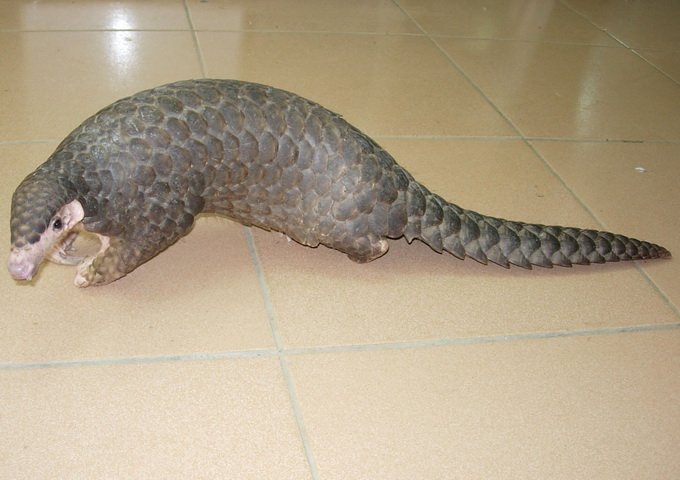Libra’s symbol is the scale, and that image of delicate equilibrium points to a quiet star of the animal world: the pangolin. This shy, nocturnal mammal keeps insect populations in check, holds soil together through its burrowing, and – fittingly – wears overlapping scales. Yet pangolins sit at the heart of a modern conservation paradox: they stabilize ecosystems while being destabilized by illegal trade and habitat loss. Scientists are racing to map migrations, decode diets, and build forensic tools before the silence of empty forests becomes the new normal. The question isn’t just poetic; it’s practical – how do we keep the planet’s balance when the species that personifies it is slipping away?
The Hidden Clues
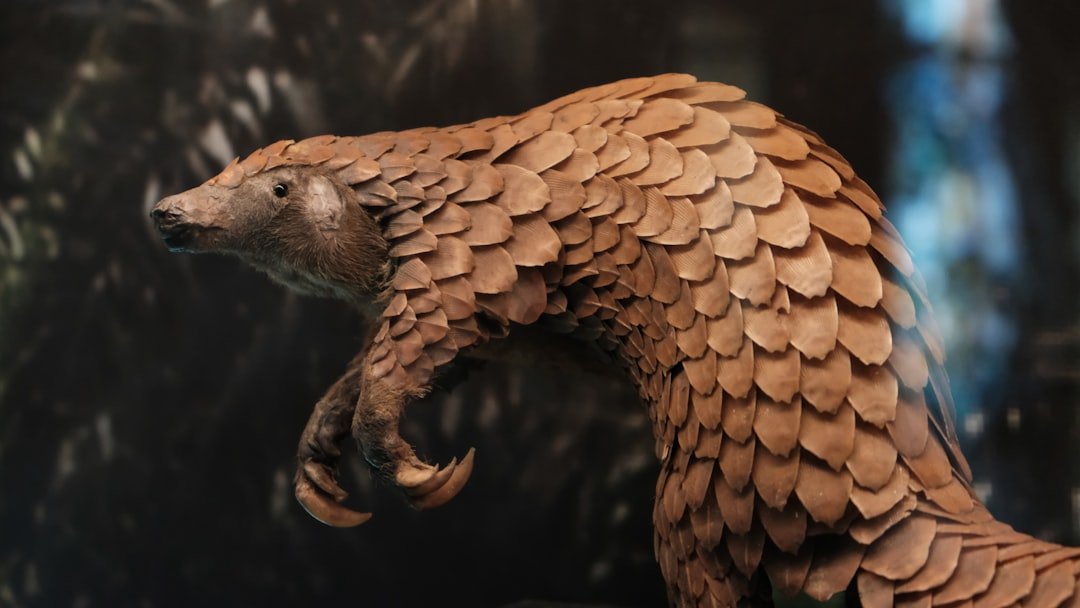
To find pangolins, researchers read the forest like a detective novel – faint claw marks on termite mounds, narrow tunnels that suddenly collapse, small footprints stitched into leaf litter. Thermal cameras pick up a gentle heat signature that vanishes as quickly as it appears, leaving only the rustle of scales in the underbrush. Radio tags, when permitted and safe, reveal winding nightly routes that look like scribbles on a map. Each clue fills in a species long overlooked because it prefers the shadows to the spotlight.
What emerges is a pattern of movement centered on food, safety, and temperature, the three weights on pangolin life’s scale. By pairing tracks with soil moisture, insect activity, and moonlight, field teams can predict where pangolins will surface next. That predictive power lets rangers focus patrols and helps communities avoid unintentional disturbance. The science here is quiet, careful, and oddly thrilling.
Libra’s Scales, Pangolin’s Armor

Pangolin scales aren’t just decoration; they’re flexible, keratin shields that fit like shingles on a cottage roof. When threatened, a pangolin curls into a tight sphere, a living emblem of balance and defense. The same scales that protect them in nature attract illegal markets, turning a lifesaving adaptation into a liability. That cruel irony sits at the center of today’s conservation story.
There are eight pangolin species across Africa and Asia, with protection levels that reflect rapid declines in many places. Some are forest specialists; others wander savannas, but all share that armor and an insect-rich diet. The match to Libra isn’t subtle – it’s literal and ecological. Scales keep the animal alive and ecosystems on an even keel.
From Ancient Tools to Modern Science

Centuries ago, people learned to read termite mounds for weather and soil hints; today, scientists read those same mounds to understand pangolin foraging. Camera traps capture fleeting visits, while environmental DNA from soil and water pinpoints presence without a sighting. Stable isotope analysis traces diet over seasons, revealing whether an animal leans toward ants or termites. Drones map canopy gaps that might shift insect abundance and, in turn, pangolin activity.
What used to be folklore about a secretive animal is now a data-rich narrative. Computer models blend topography, rainfall, and human pressure to predict refuges worth protecting first. Even tiny trackers are getting lighter, reducing stress and improving sample sizes. The toolkit expands, and with it, our odds of tipping the balance in the right direction.
What the Data Reveal
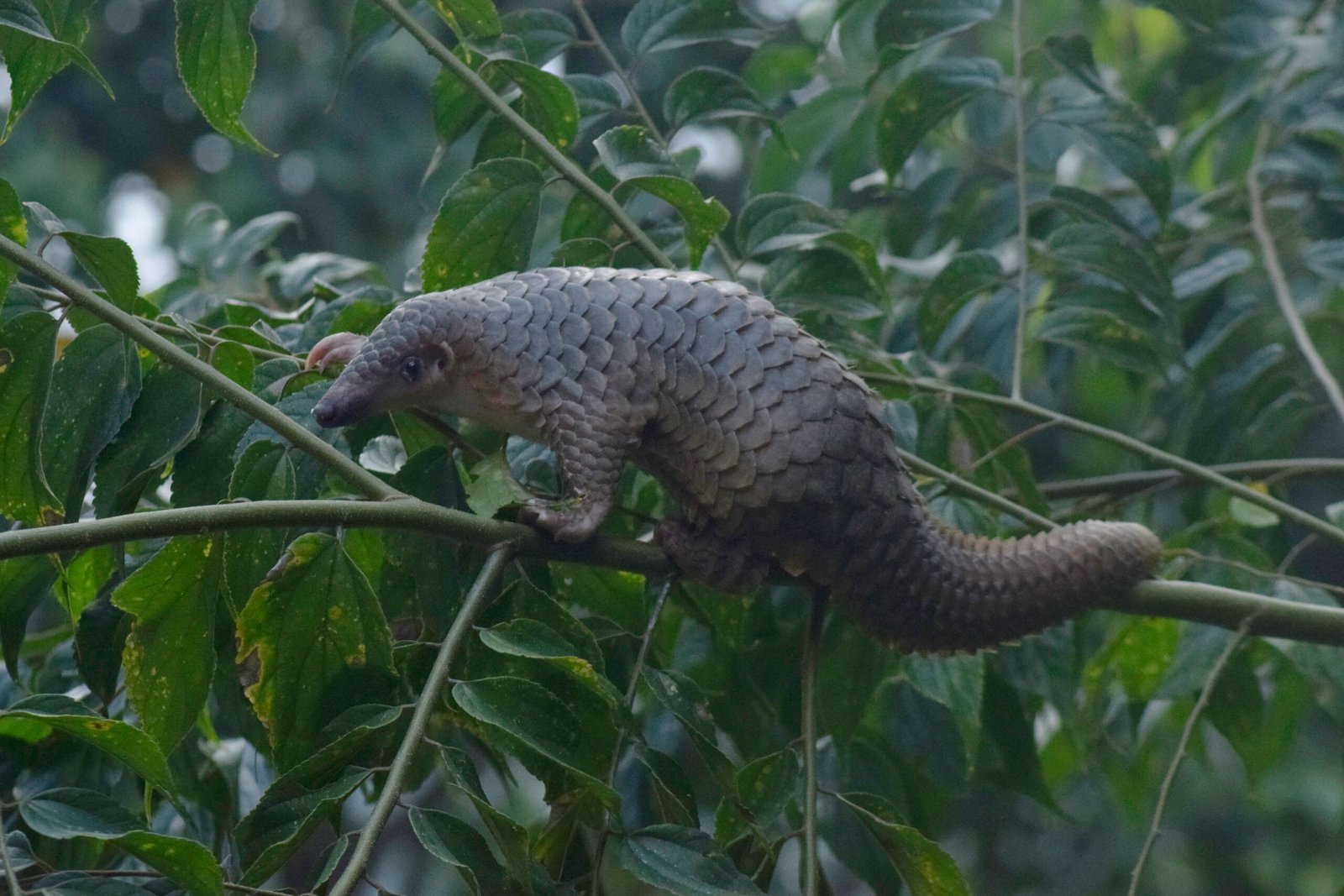
Across study sites, pangolins show a strong pull toward areas with dense termite diversity and softer soils, which ease burrowing. Movement peaks on warm, humid nights when odor trails from insects linger, making hunting more efficient. Road networks and settlement edges often act like invisible walls, truncating home ranges. The result is patchy habitat use and smaller, more isolated populations.
Key signals stand out in recent syntheses:
– In landscapes with connected forest patches, encounters rise noticeably, suggesting corridors matter.
– Sites with active ranger patrols record fewer snares and higher pangolin activity.
– Areas recovering from logging can rebound as insect communities rebuild, but that bounce is slow without nearby intact habitat.
The Behavior Behind the Balance
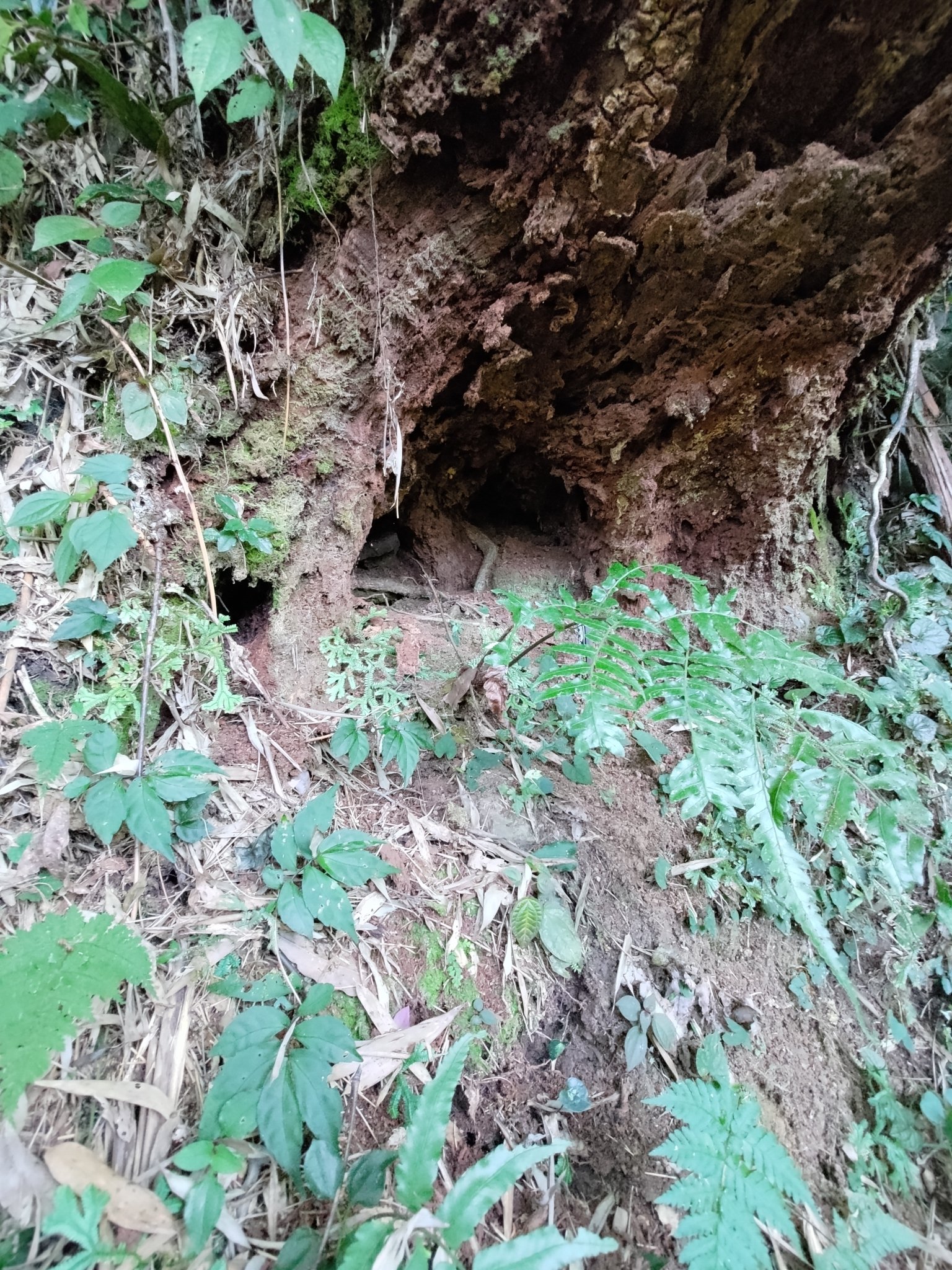
Pangolins are meticulous foragers, sweeping tongues through nests like painters laying down careful strokes. They swallow grit and small pebbles that help grind prey, a natural mill that replaces the teeth they never evolved. Burrows offer stable temperatures, sheltering not just pangolins but a parade of small tenants – lizards, insects, even small mammals. These tunnels become micro-habitats that stitch biodiversity together.
By consuming vast numbers of ants and termites, pangolins keep herbivore pressure on seeds and young plants in check. Their foraging spreads nutrients as they move, a kind of quiet plowing. That is balance in motion: fewer outbreaks that topple seedlings, healthier soils that hold water, and forests that can better withstand heat and drought. Pull the pangolin out, and those subtle stabilizers begin to wobble.
Architects of Soil and Forest

Ecologists often call pangolins ecosystem engineers, a title earned one tunnel at a time. Their burrows improve aeration and water infiltration, making it easier for roots to breathe and grow. When abandoned, those structures become ready-made homes for other species, boosting local diversity. Each den is a small investment in future life.
Insect control has knock-on benefits for people as well. Fewer termite flare-ups can mean less damage to wooden infrastructure at forest edges. Healthier soils store more carbon, aligning local conservation with global climate goals. The pangolin’s engineering is small-scale, but its sum can be surprisingly large.
Global Perspectives
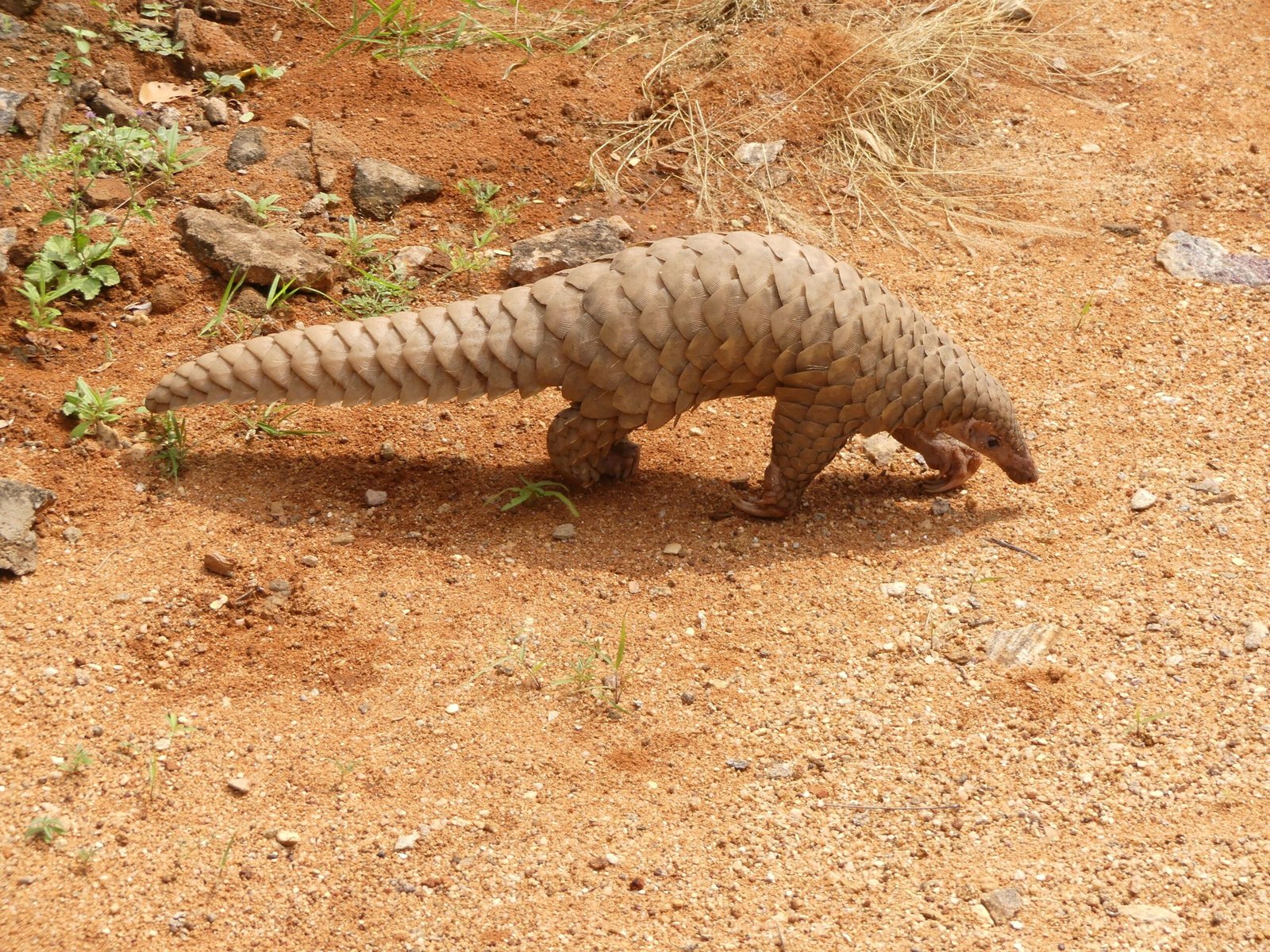
Pangolin ranges cross borders, which means conservation wins or losses spill into neighboring countries. Laws alone aren’t enough when demand persists and routes shift as quickly as enforcement tightens. Community-led patrols, cultural pride, and alternative livelihoods have proven to be durable parts of the solution. Conservation works best when it feels local, not imposed.
International cooperation still matters, especially for forensic tracking and trade intelligence. Better border screening, shared databases, and coordinated prosecutions slow the flow. Public awareness campaigns are most effective when they spotlight the animal’s ecological role, not just its cuteness. Balance requires both neighborhood care and global reach.
Why It Matters
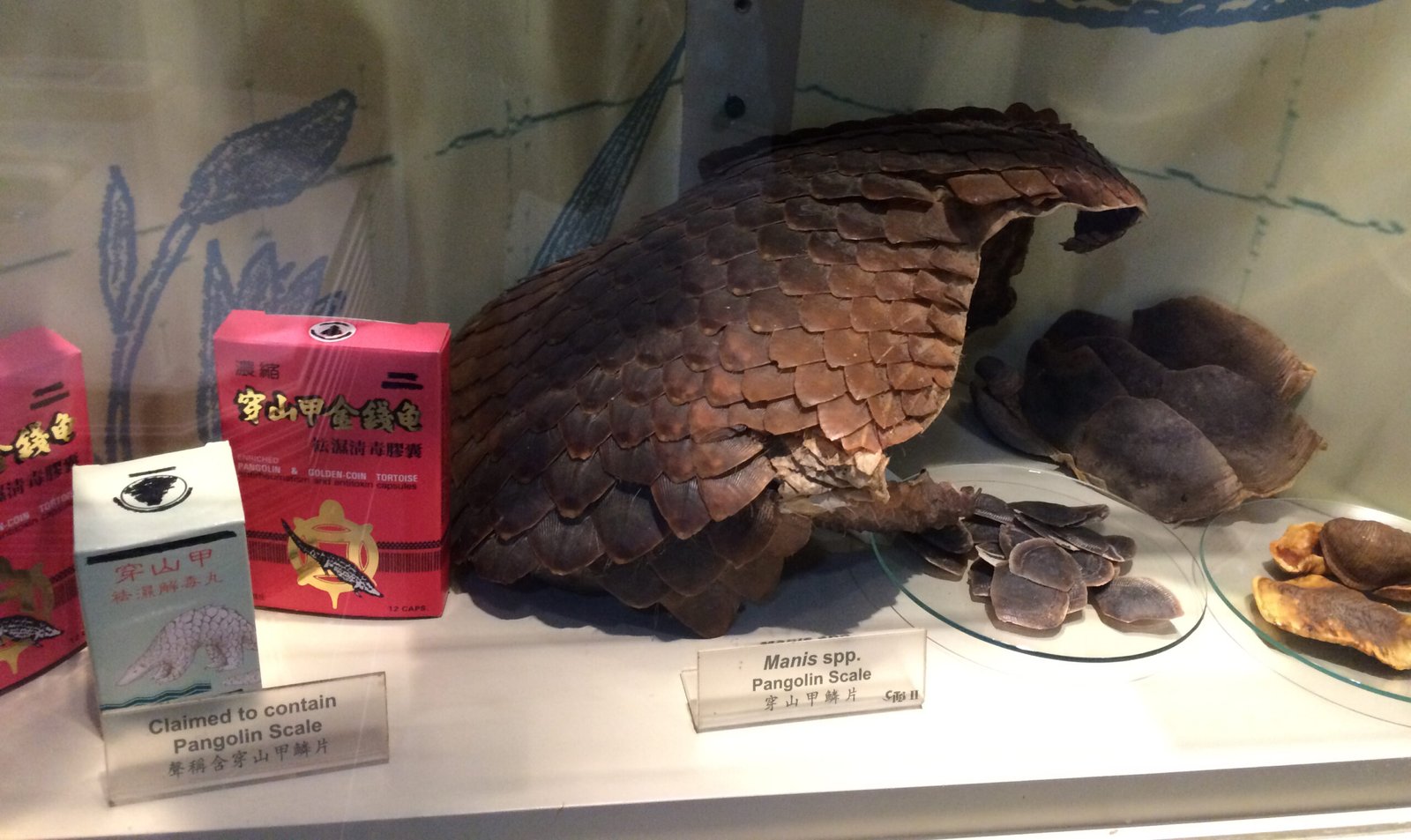
Protecting pangolins isn’t only about saving one charismatic oddball; it’s about shoring up the living systems that cushion climate shocks and support rural livelihoods. Traditional conservation often focused on single parks or single threats, but pangolin survival hinges on the full chain – from insects and soils to roads and markets. That broader lens reflects a shift in science toward networks and feedback loops instead of isolated snapshots. It’s a more demanding approach, and a more honest one.
Compared with older, species-only campaigns, pangolin work blends ecology, criminology, and community development. The payoff is resilience that lasts beyond one funding cycle. Keep the scale metaphor in mind: weight on one side is biology; on the other, human behavior. We won’t get equilibrium by ignoring either side.
The Future Landscape

Next-generation tools could change the game: handheld eDNA readers at checkpoints, AI models that flag suspicious shipping routes, and bioacoustic sensors tuned to pangolin rustles. Micro-satellite tags offer longer tracking on smaller bodies, while noninvasive health checks glean hormones from feces to gauge stress. Habitat restoration is getting smarter too, with insect-informed planting that rebuilds pangolin food webs, not just tree cover. Corridors designed from real movement data can reconnect communities across fragmented terrain.
Challenges remain stubborn. Demand suppression is slow, and climate swings may push insects – and pangolins – into new conflict zones. Funding cycles still ebb and flow faster than ecosystems recover. The future will favor projects that lock science, policy, and local enterprise together so progress doesn’t slide back when headlines fade.
How You Can Help
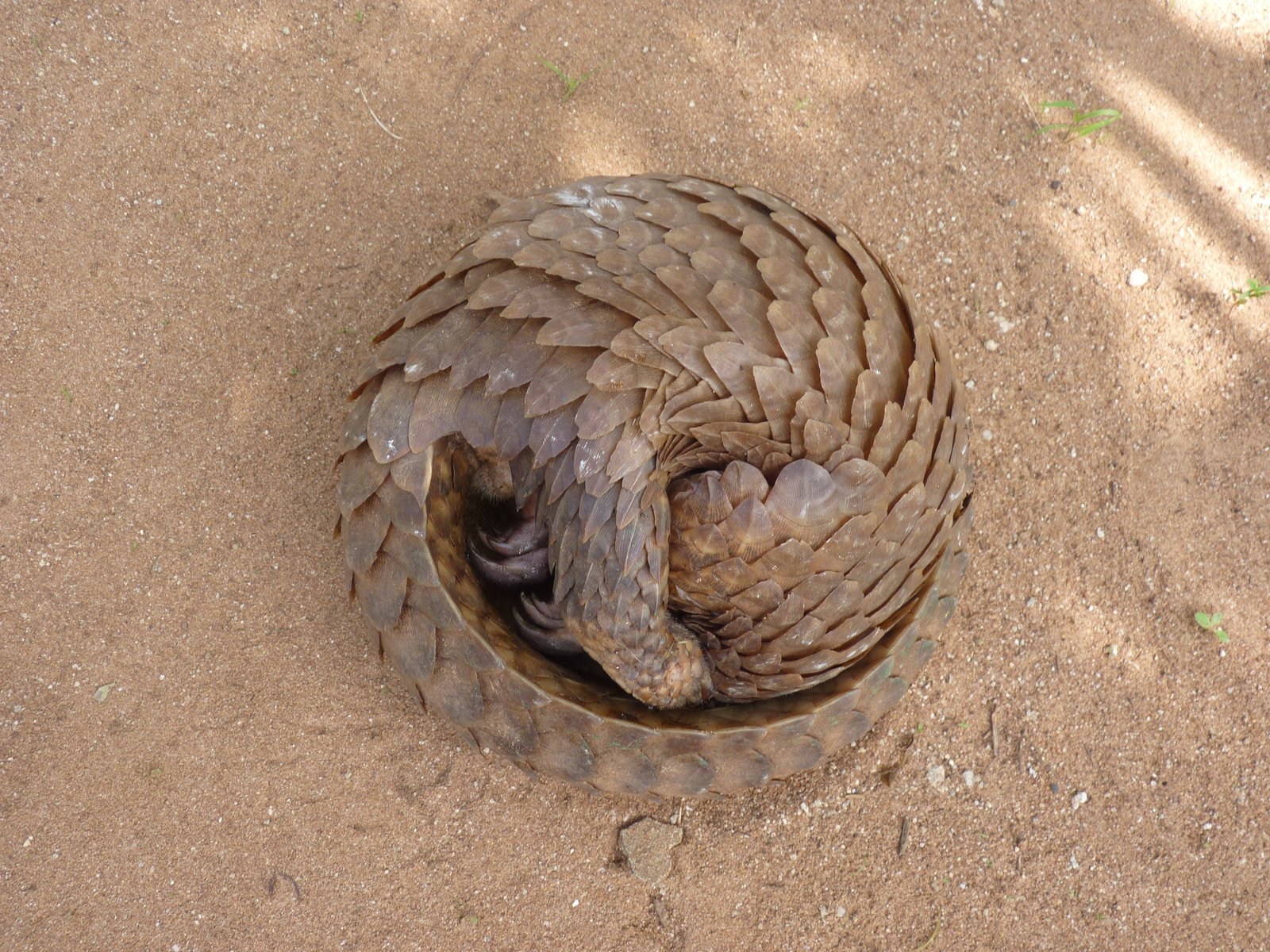
Small steps add up when enough people take them. Learn the basic facts – eight species, insect specialists, essential soil engineers – and share that story in simple language. Support organizations that back community patrols, forensic science, and corridor building rather than quick fixes. Responsible travel matters too; avoid wildlife products and report suspicious markets without putting yourself at risk.
Practical moves you can make today:
– Back habitat connectivity projects that link forest patches rather than isolated reserves.
– Choose wood and paper from certified sustainable sources that reduce pressure on forests.
– Encourage local institutions – zoos, museums, schools – to feature pangolin biology and its ecosystem role.
– Keep the conversation alive; visibility helps tip the scale toward protection.
Closing Thoughts
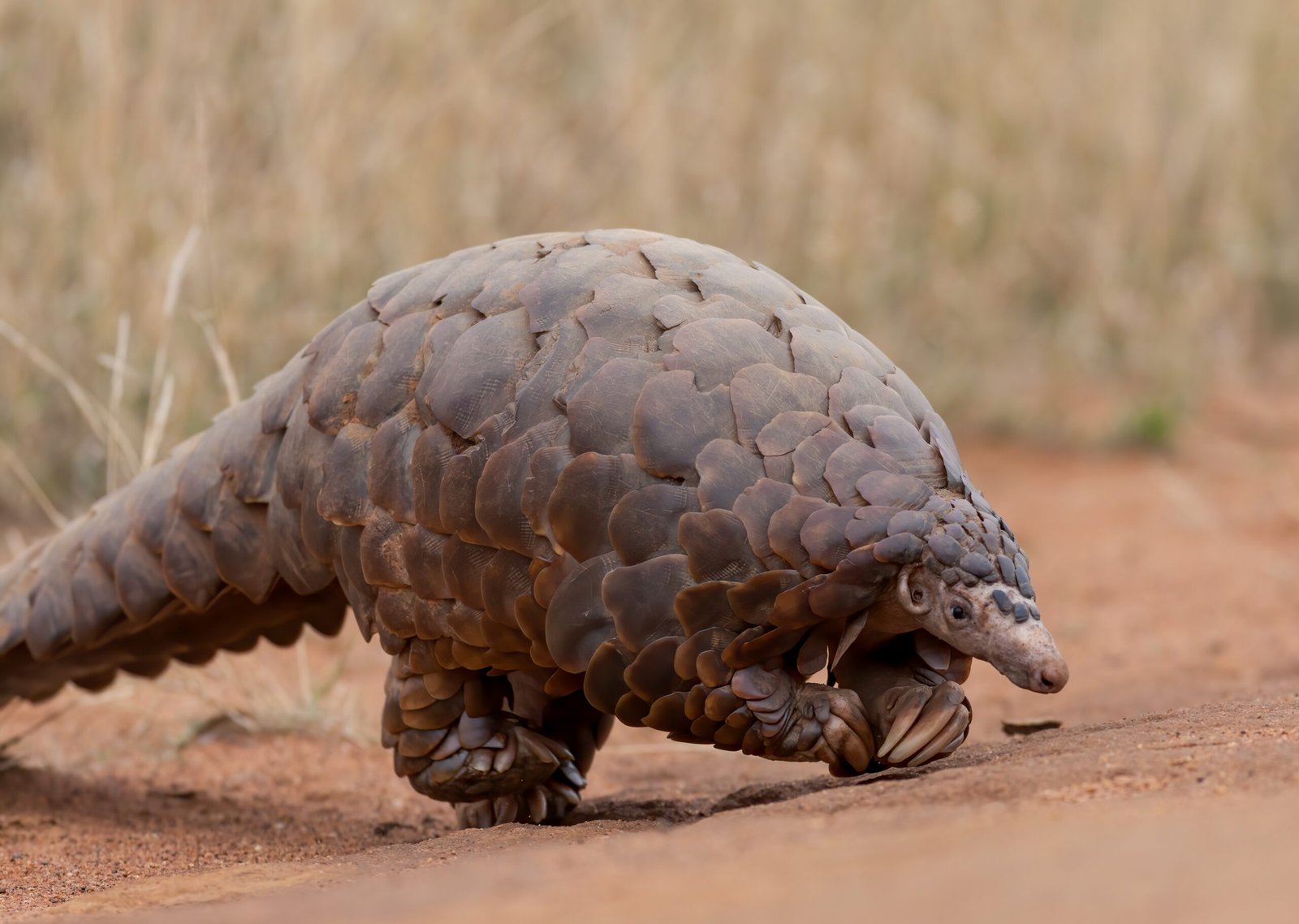
Ask any field biologist what balance looks like, and they’ll point to the quiet things: the steady hum of insects, roots breathing, burrows that hold a little cool air on a hot night. On a night survey years ago, my headlamp caught a round, scaled silhouette, still as a stone, and the forest felt briefly centered. That memory returns whenever I think about how fragile that center really is. Pangolins are the hinge between soil and canopy, people and forest, myth and measurement.
Libra’s answer, then, is hiding in plain sight – an animal built on scales that keeps the world from tipping. If we match its steadiness with our own, the balance might hold. And if we don’t, we’ll feel the tilt sooner than we expect. Did you expect the planet’s balance to rest on something so small and shy?

Suhail Ahmed is a passionate digital professional and nature enthusiast with over 8 years of experience in content strategy, SEO, web development, and digital operations. Alongside his freelance journey, Suhail actively contributes to nature and wildlife platforms like Discover Wildlife, where he channels his curiosity for the planet into engaging, educational storytelling.
With a strong background in managing digital ecosystems — from ecommerce stores and WordPress websites to social media and automation — Suhail merges technical precision with creative insight. His content reflects a rare balance: SEO-friendly yet deeply human, data-informed yet emotionally resonant.
Driven by a love for discovery and storytelling, Suhail believes in using digital platforms to amplify causes that matter — especially those protecting Earth’s biodiversity and inspiring sustainable living. Whether he’s managing online projects or crafting wildlife content, his goal remains the same: to inform, inspire, and leave a positive digital footprint.

